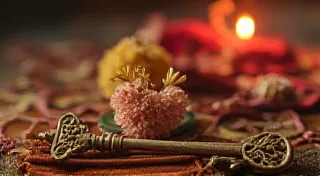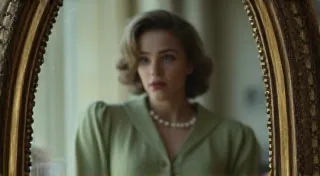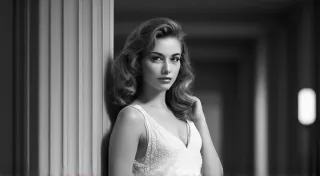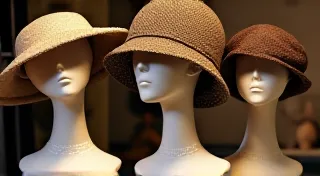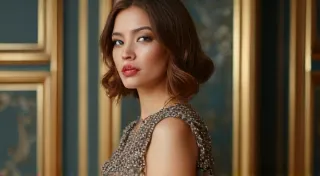Decoding the Flapper: A Guide to 1920s Style
The 1920s – the Jazz Age – represent a pivotal moment in fashion history. Shaking off the rigid constraints of the Victorian and Edwardian eras, women embraced a new freedom and expressiveness, most powerfully embodied in the iconic flapper. But what *exactly* constituted the "flapper look"? It's more than just fringe and beads; it's a reflection of a broader social and cultural shift. This guide will break down the key elements of 1920s style, allowing you to understand and appreciate (and perhaps even recreate!) this unforgettable era.
The Silhouette: Beyond the Drop Waist
The most recognizable feature of the flapper style is undoubtedly the dropped waist. While it’s a defining characteristic, it’s important to understand *why* it emerged. Pre-war, waistlines were high and restrictive. The dropped waist, typically positioned at the hip, created a more boyish, androgynous silhouette, challenging traditional feminine ideals. Skirts became shorter, often falling just below the knee or even higher – a shockingly scandalous length at the time! The overall effect was looser and less structured than previous fashions, emphasizing movement and a youthful vitality.
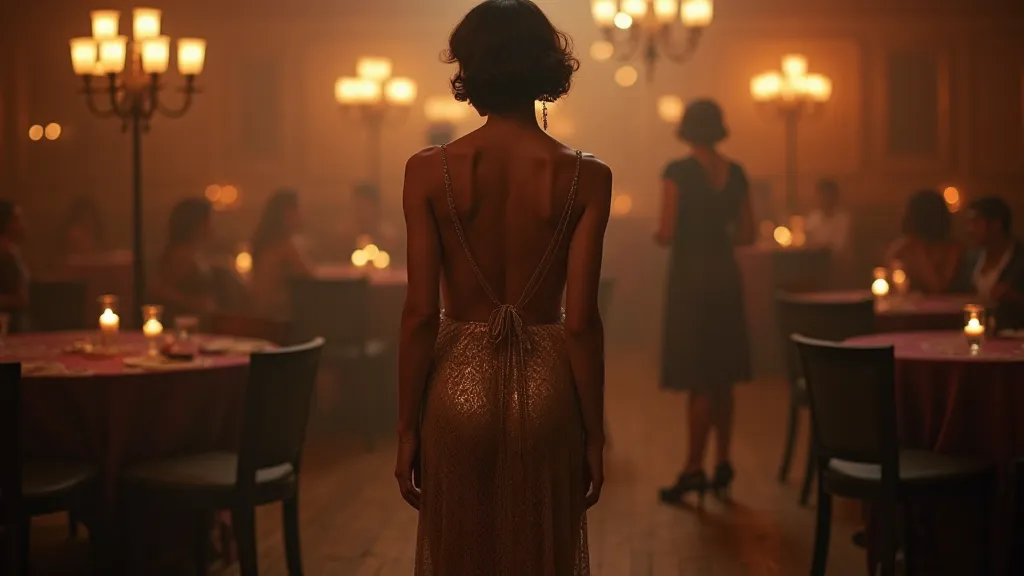
Hair & Makeup: A Modern Woman's Look
The flapper look wasn’t just about clothing; it encompassed a complete transformation in beauty standards. Bobbed hair – often styled in a sleek, finger-waved bob – became the hairstyle of choice, symbolizing a rejection of long, elaborate updos. Makeup also evolved. Pale skin remained desirable, but women began using rouge to color their cheeks and lips, and dark eyeliner accentuated eyes. The "doe-eyed" look was hugely popular. Eyebrows were also slimmed and shaped.
Key Accessories: Completing the Look
No flapper outfit is complete without the right accessories! Here are some essential pieces:
- Long Pearl Necklaces: Often layered, these added a touch of elegance and sophistication.
- T-Strap Shoes: Comfortable and stylish, these were perfect for dancing the Charleston.
- Cloche Hats: Fitted close to the head, cloche hats were a must-have accessory.
- Feathers & Beads: Embellishments were everywhere – on dresses, headbands, and even shoes.
- Long Gloves: Usually reaching above the elbow, these added a touch of formality.
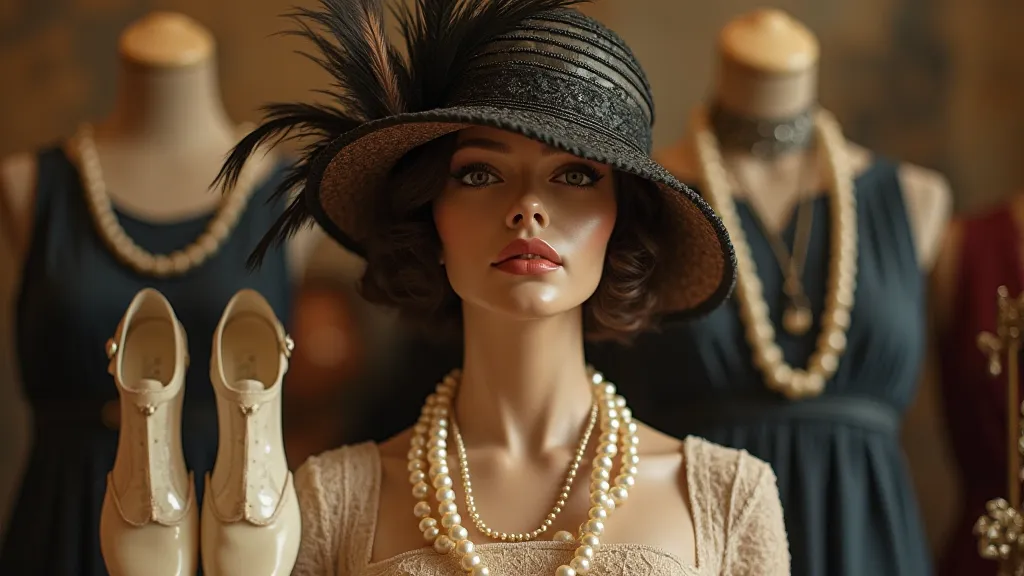
The Cultural Context: More Than Just a Trend
The flapper style wasn't just a fashion trend; it was a reflection of a significant shift in societal attitudes. Following World War I, women entered the workforce in greater numbers, gained more political rights (including the right to vote in many countries), and generally sought greater independence. The flapper look – with its rejection of traditional norms – became a visual representation of this newfound freedom and confidence.
Finding Authentic Vintage & Inspired Pieces
If you’re looking to incorporate 1920s style into your wardrobe, you have a few options. Authentic vintage pieces can be found at antique shops, vintage clothing stores, and online marketplaces. However, be prepared to pay a premium for well-preserved items. Alternatively, many contemporary designers offer vintage-inspired pieces that capture the essence of the 1920s aesthetic without the vintage price tag.
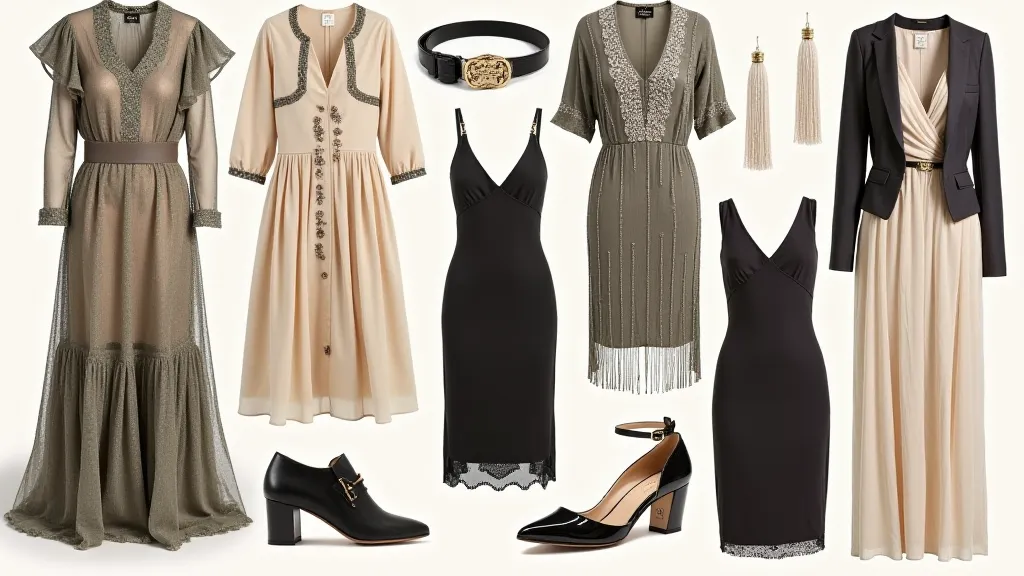
Beyond the Party Dress: Everyday 1920s Style
While the glamorous party dresses are what we most associate with the era, 1920s style extended far beyond the dance floor. Daywear often consisted of simpler dresses, blouses, and skirts, often featuring similar dropped waistlines and looser silhouettes. Knitwear, particularly sweaters and cardigans, was also popular.
Understanding the nuances of 1920s fashion allows us to appreciate the cultural significance of the flapper look and its lasting influence on contemporary style.
